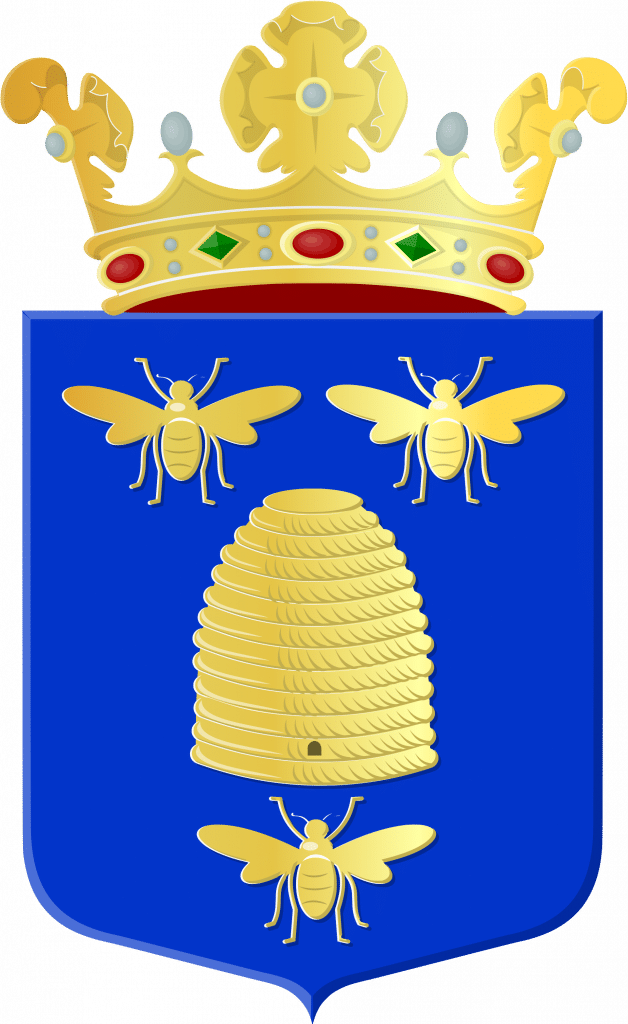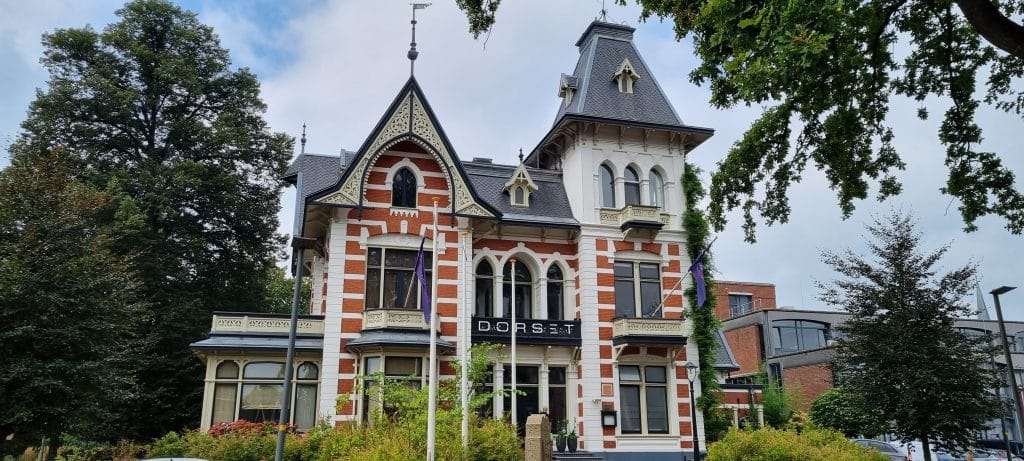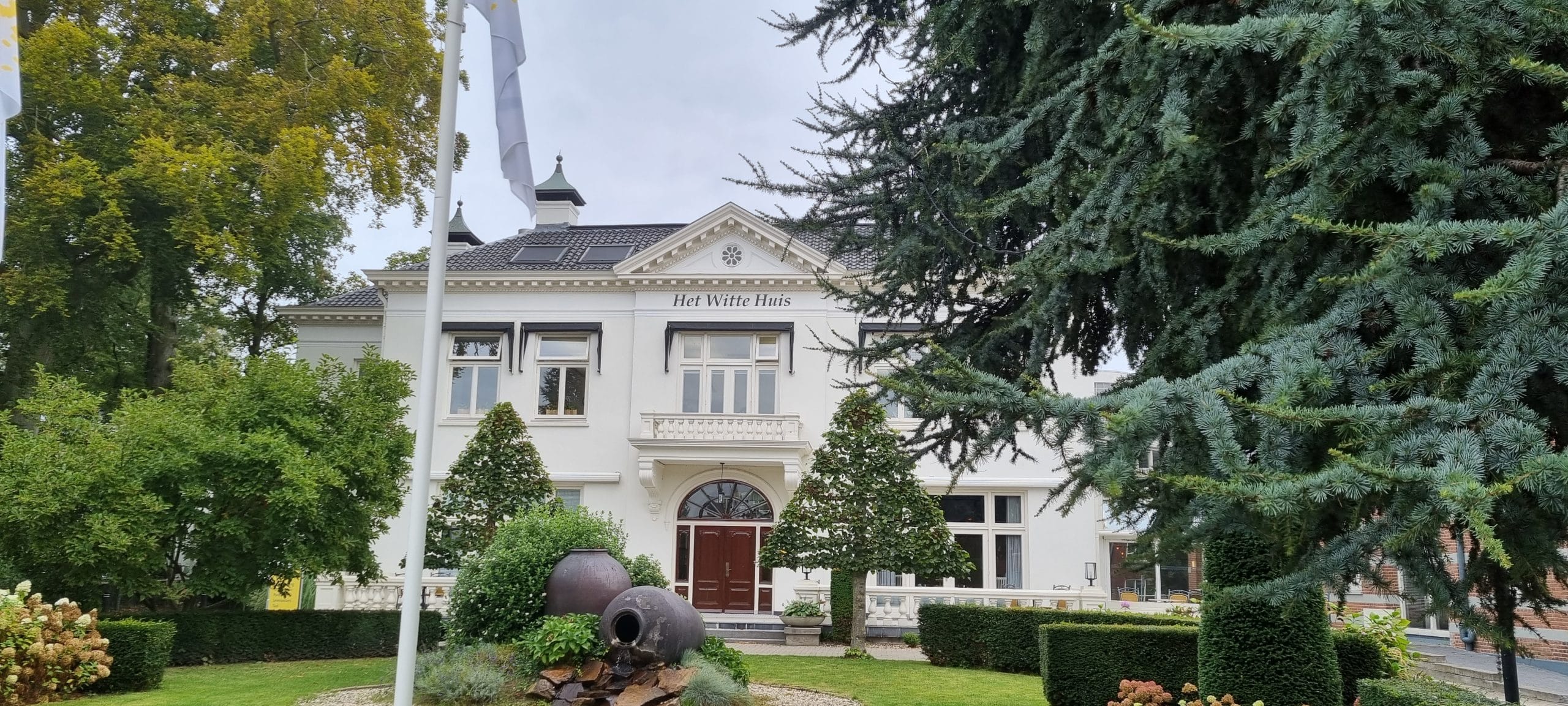
State:
Netherlands
Province:
Overijssel
Coordinates:
52° 18′ N, 6° 45′ O
Altitude:
15 m a.s.l.
Area:
26.15 km²
Population:
23.667 (2021)
Population density:
905 inhabitants/km²
Borne
Geography
Borne is located in the east of the Netherlands in the province of Overijssel. The town is centrally located in the Twente region and is part of the Twente town twinning. Borne borders Hengelo and is only separated from this city by the A1. The village centres of Hertme and Zenderen also belong to the municipality of Borne. Until 2001, the village of Bornerbroek also fell under this municipality. However, with the municipal reform on 1 January 2001, this village was added to the municipality of Almelo.
The municipality of Borne borders Tubbergen and Dinkelland to the north and northeast,Hengelo to the southeast, Hof van Twente to the southwest and Almelo to the west and northwest. Borne has seven districts: Centrum (Centrum / Oud Borne / Spanjaardswijk), Bornsche Maten, Letterveld (Letterveld I / Letterveld II), Molenkamp (Dikkerslaan – Molenkampsweg e.o.), ‘t Oldhof, Stroom Esch and ‘t Wensink (‘t Wensink Noord / ‘t Wensink Zuid / Zuid Esch).
History
Borne was originally an agricultural settlement whose basic structure probably originated in the Carolingian period (800-1000 AD). Borne was first mentioned in a document in 1206. With this document, the Bishop of Utrecht received from the Abbot of Ruinen the power of disposal over the church and the subordinate rights and visitations in Burghunde, as it was then called, and the tithes under Zenderen and Almelo. In 2006, this document was the occasion for the celebrations of the 800th anniversary of Borne. The Weleveld estate had a great influence on the village in the late Middle Ages and during the Reformation. The oldest settlements consisted of farms. Until the 16th century, Borne developed into an agricultural village, where spinning and weaving were at home.
Under the influence of this local craft, a linen industry developed in Borne in the 17th and 18th centuries. Borne can be considered the cradle of the textile industry in Twente. In 1828, the German Jew Salomon Jacob Spanjaard founded a company that became one of the many textile factories in the Twente region. The most famous member of the Spanjaard family was Jacob Spanjaard, who ran the factory in the first decades of the twentieth century and was nicknamed the “God of Borne”. Around 1920, a large part of the (male) population was employed in this company. A large part of the Spanjaard family died in the Second World War. In 1973, the curtain fell on Spanjaard. The well-known Teddy nappies, Cinderella fitted sheets and Kenmore shirts came from the Spanjaard factory.
In 1895, Borne was the first rural municipality in the Netherlands to have its own power station and electric street lighting. It was founded by Rento Hofstede Crull and formed the basis for the later IJsselcentrale, the predecessor of today’s Enexis.
In the 19th century, Borne expanded further with the arrival of the railway. This development has continued, preserving the original church village (Oud Borne), and Borne has developed differently from most Dutch centres. Old Borne survived the industrial revolution without radically changing its original spatial structure.
At the end of the 1990s, plans were developed for a municipal repartition in the province of Overijssel. The municipality of Borne was to merge with Hengelo and Enschede to form Twentestad. As there was insufficient support for this merger, the plan was not realised. In the last municipal repartition in 2001, the village of Bornerbroek, which until then belonged to Borne, was added to Almelo.

Politics
The Board of Mayors and Aldermen (B&W) governs the day-to-day administration of the municipality and carries out the policies set by the municipal council. The board is accountable to the municipal council. Born’s municipal board consists of the mayor and three aldermen. They are assisted by the Town Clerk, who heads the administrative organisation. The mayor chairs both the college and the town council.
The municipal council sets the policy and controls whether the municipal executive implements it properly. The council does not go into the “details” of the adopted policy. This responsibility lies with the municipal executive. Under the dual system, the municipal executive is responsible for the day-to-day administration of the municipality. This separation of roles and responsibilities is called dualism.
In the City Council, each member has an equal vote. Decisions are taken by a majority of votes. In principle, the council meets every month. The meetings are open to the public and take place in the council chamber of the town hall.
Culture and tourism
In the protected village landscape “Oud Borne” the visitor gets an impression of the rich history of Borne. The still existing historical structure and the many national and urban monuments such as the Oude Kerk, the museum, the Bussemakerhuis, the Born Synagogue, the Klopjeswoningen, the Meijershof and the Lady Chapel make Oud Borne a special place. By decree of 17 October 1991, the then ministers of WVC and VROM declared the area of Oud Borne a protected villagescape within the meaning of the Monument Protection Act of 1988 (now the Monument Protection Act). This protection is intended to safeguard the historic urban structure of the area for the future. Within the protected village landscape are several national monuments, communal monuments and other protected objects.
Borne is an ideal starting point and destination for walkers and cyclists. As Borne is located in the centre of Twente, the most beautiful places in Twente are easily accessible via the well-known bicycle network. But also the regional hiking trail network has recently been completely renewed and extended. (Details: www.visittwente.nl/routes). Besides the many marked local hiking trails (the coloured arrows), there are also several themed routes through the municipality of Borne – such as the famous Marskramerpad, the Hilligenpad and the local “Kloosterpad Zenderen” (www.kloosterpadzenderen.nl). Pick-up points for tourists (free parking) are available in Zenderen (Hertmerweg), Hertme and at Borne railway station. Currently, 47 buildings in the municipality of Borne are designated as municipal monuments.
On the basis of the Monuments Act, the Borne Municipal Council can issue an ordinance on the management and preservation of cultural heritage in the municipality. Borne has an ordinance on monuments (formerly Monumentenverordening), and on the basis of this ordinance the College has the possibility to designate municipal monuments. This concerns cultural heritage that is of particular importance to the municipality because of its beauty, scientific significance or cultural-historical value.
Old Borne
In the listed ‘Oud Borne’, the visitor gets an impression of the rich history of Born. The still existing historical structure and the many national and communal monuments such as the Oude Kerk, the Museum het Bussemakerhuis, the Bornse Synagogue, the Klopjeswoningen, the Meijershof and the Mariakapel make ‘Oud Borne’ a special place. Visitors can discover Old Borne on their own, but it only gets really interesting when an experienced guide takes them into the history of Borne. For this, interested parties can make appointments via the website www.gidsenoudborne.nl or via the VVV Tourist Info (housed in the Kulturhus).
Museum Bussemakerhuis
The Bussemakerhuis Museum is located in the only remaining 18th century public factory house in the Netherlands. The Bussemakerhuis was built in 1779 and is tucked away in the village of Borne. It is a trading house that produces linen and is also a listed building. In the museum, visitors can get an idea of how a manufacturer lived and worked in the 18th and 19th centuries. In the attic you will find several old looms that are still in use. In the Bussemakerhuis museum, visitors are also shown how linen was woven from flax. The entire process is covered, from harvesting the flax plant to the weaving itself. The staff explain how flax can still be grown in the Born area under difficult circumstances. The dedicated and knowledgeable helpers also show all the work steps that were necessary to produce the weavings on the centuries-old hand looms.
The Bussemakerhius is also popular for business and festive meetings as well as weddings.
Hiking and cycling
For both hikers and cycling enthusiasts, Borne is an ideal starting and finishing point. As Borne is located in the centre of Twente, the most beautiful places in Twente are easily accessible via the well-known bicycle hub system. But also the regional hiking network has recently been completely renewed and extended (www.visittwente.nl/routes). In addition to the many marked local walking routes (the coloured arrows), there are also various themed routes through the municipality of Borne such as the famous Marskramerpad, the Hilligenpad and the local “Kloosterpad Zenderen”(www.kloosterpadzenderen.nl). Tourist pick-up points (free parking) can be found for visitors in Zenderen (Hertmerweg), Hertme and at Borne station.

Economy and infrastructure
Borne has three business parks, each with its own signature. The Stroom Esch office park is located on the main road from Hengelo to Almelo. A dozen companies from the construction and technology sectors are located here. It is a high-quality location with beautiful buildings.
On the north side of Borne is the Molenkamp industrial estate. Companies with a regional, national and international market are located here. In 2014 and 2015, a revitalisation programme was carried out in the Molenkamp industrial estate. Roads, car parks, green spaces, lighting and safety were improved. Along the A1 and A35 motorways, the municipality of Borne is developing the Westermaat/De Veldkamp industrial estate together with its neighbouring municipality of Hengelo. The site is located in a prominent position on the motorway and is easily accessible from the motorway. The target groups of the business park are mainly companies from the transport, warehousing and logistics sectors. The site has a park management system in which the entrepreneurs are united. Together they ensure the right image and cooperation on the site.